#CSK8 Podcast
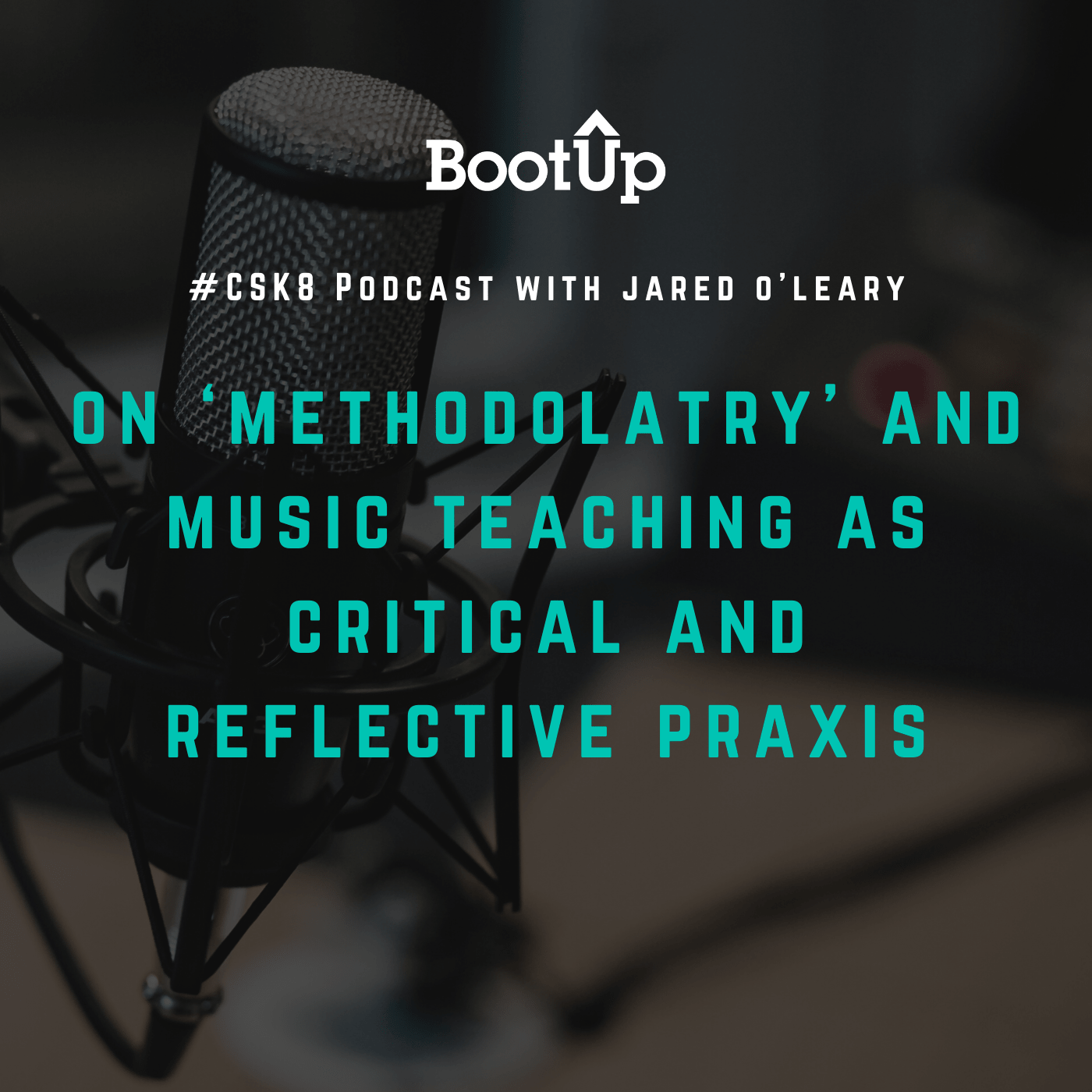
On methodolatry
In this episode, Jared O'Leary unpacks Regelski’s (2002) publication titled “On ‘methodolatry’ and music teaching as critical and reflective praxis,” which problematizes the lack of philosophy, theory, and professional praxis in music education. Although this article is published in a music education journal, I discuss potential implications for computer science educators.
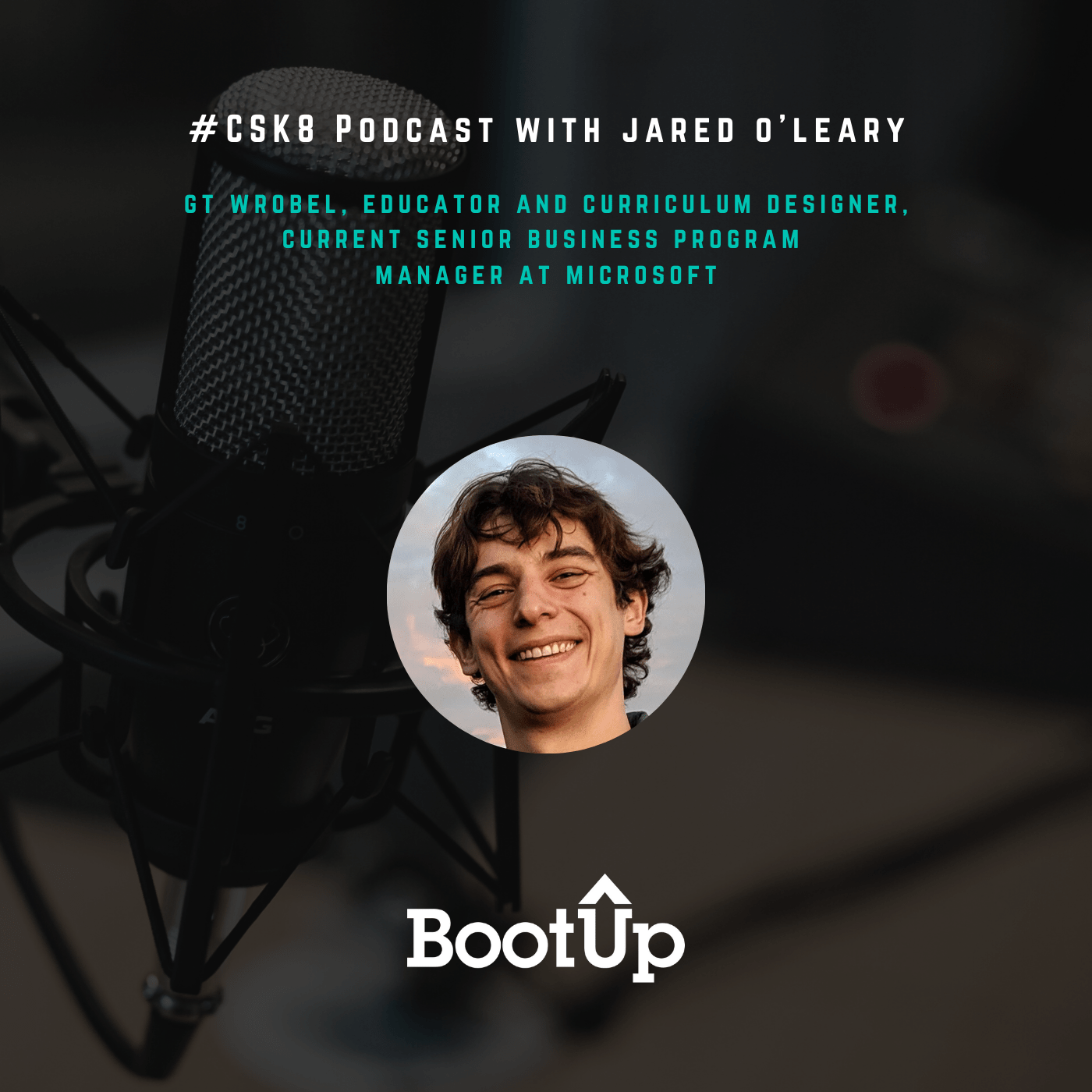
Designing Curricula at Scale with GT Wrobel
In this interview with GT Wrobel, we discuss the importance of understanding your “why” behind pedagogical approaches and curriculum design, the internal tensions that arise when designing curriculum used by people around the world, the potential for standards and assessment to be a form of oppression, how feedback impacts the evolution of a curriculum, considerations when designing culturally relevant curricula that is used around the world, aligning curriculum development with professional development, the importance of taking a break to prevent burnout, where we hope the field goes in the next few years, and much more.
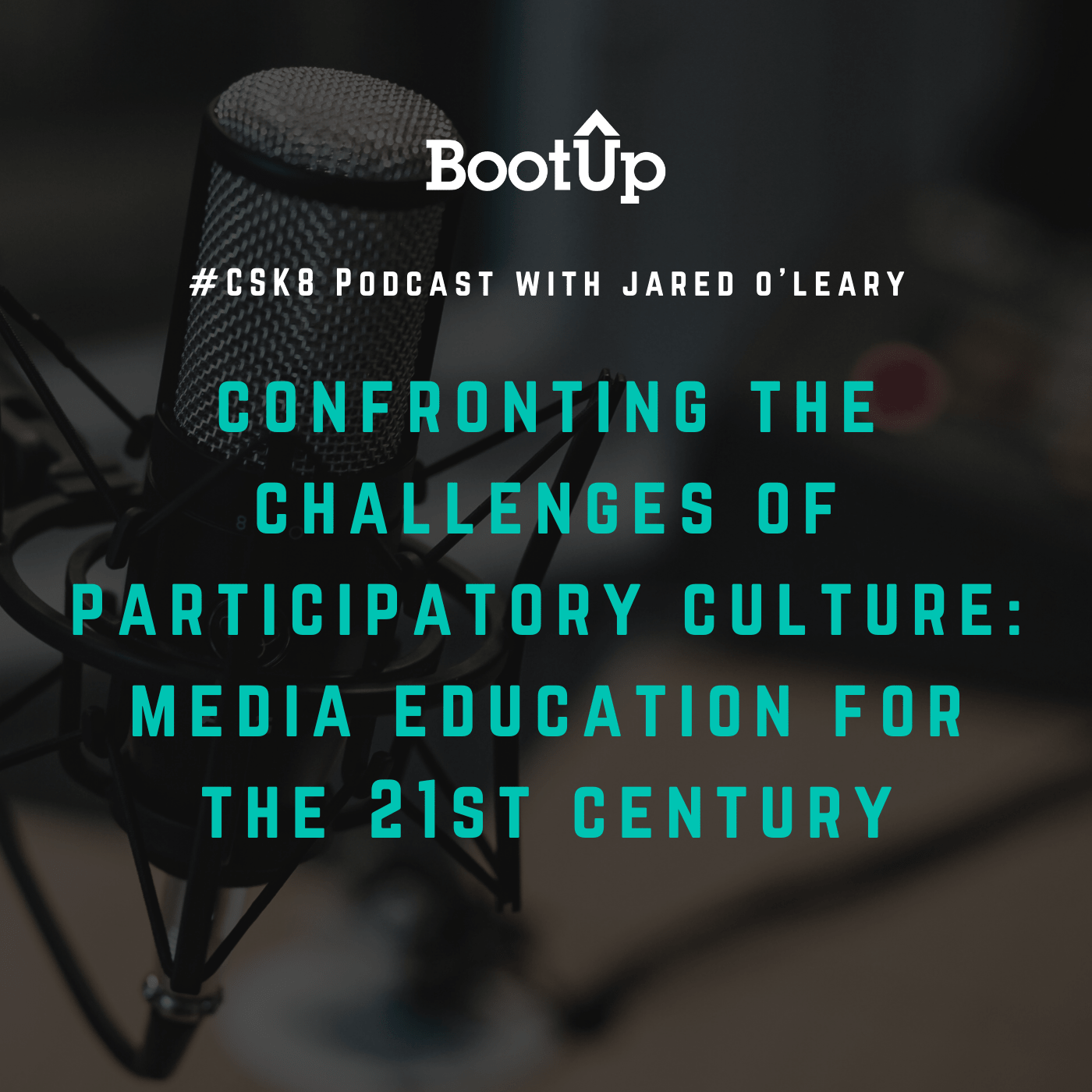
Confronting the challenges of participatory culture
In this #CSK8 episode Jared O'Leary unpacks Jenkins et al.’s (2009) publication titled “Confronting the challenges of participatory culture: Media education for the 21st century,” which summarizes the three challenges in media literacy education and provides several core media literacy skills that can address these challenges.
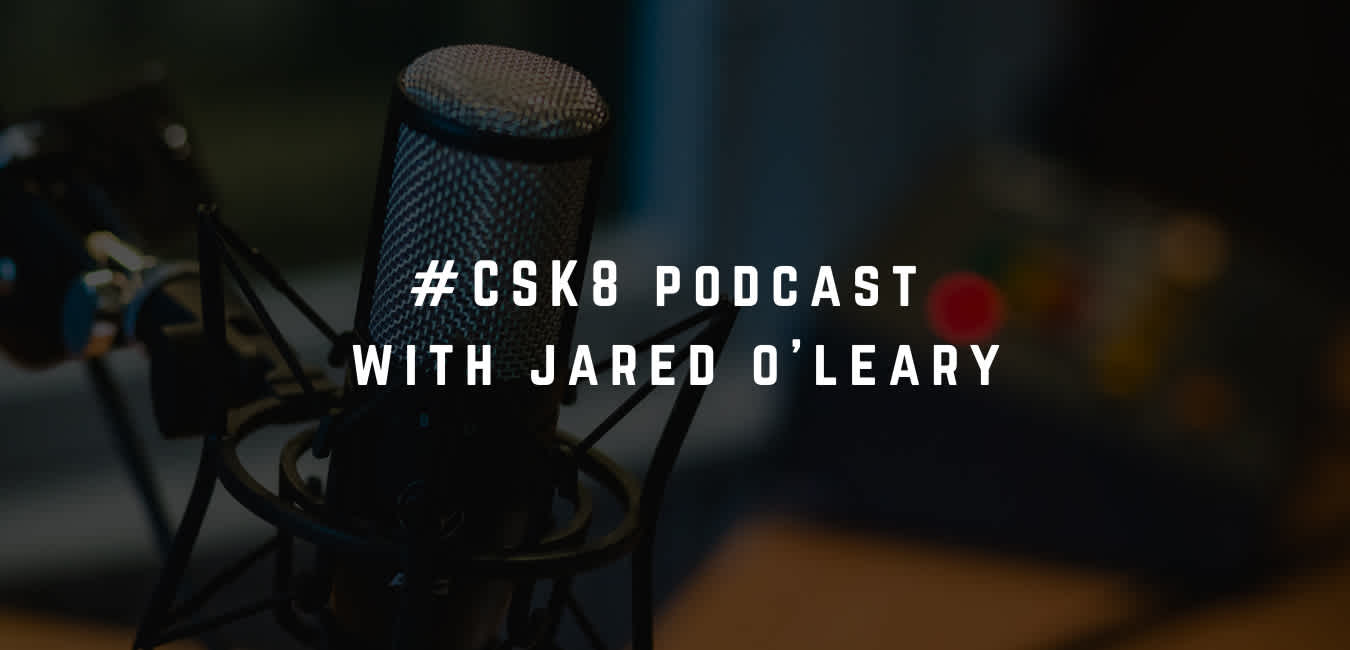
dailySTEM with Chris Woods
In this week’s interview with Chris Woods (dailySTEM), we discuss the importance of contextualizing STEM through everyday connections, leveraging student interests, blurring boundaries between subject areas, the affordances and constraints of the acronym STEM, Chris’ new book Daily STEM: How to Create a STEM Culture in your Classrooms & Communities, continuing to learn by asking questions, and much more.
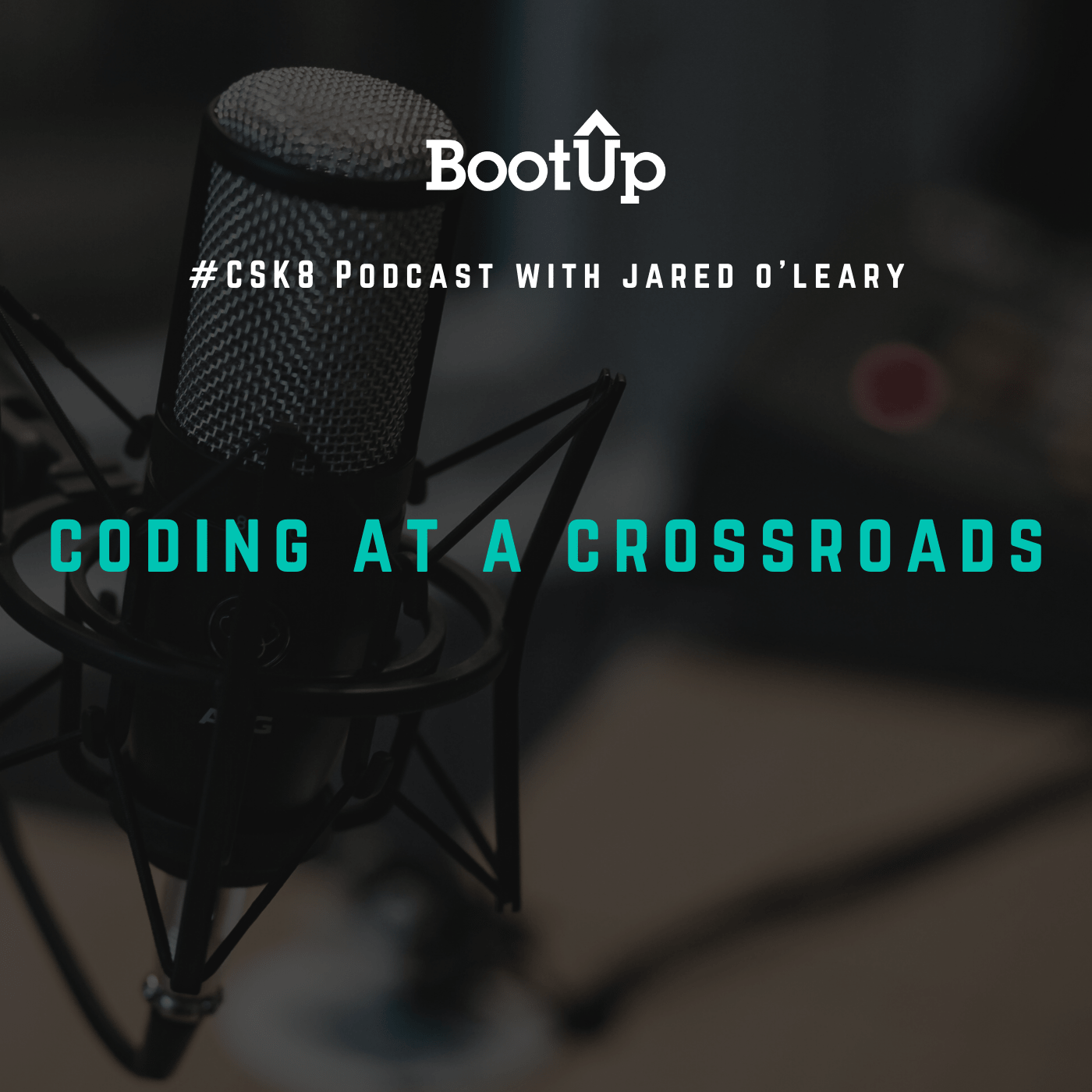
Coding at a crossroads
In this episode, Jared O'Leary unpacks Resnick and Rusk’s (2020) publication titled “Coding at a crossroads” which discusses challenges in CS and coding education, and summarizes the four guiding principles that educators can use when engaging in coding practices in their classroom.
